buildner competitions look to revolutionize housing
Housing is a diverse architectural typology whose configuration is determined not only by those who design it but also by the use of those who live in it. Therefore, homes are fundamentally adaptable structures that evolve in line with their time and users, undergoing constant changes manifested in the ways of living. The house conceived today will not be the same as the one built tomorrow, so it becomes necessary to maintain a critical and profound approach to the role it plays in the built environment.
In this sense, modular architecture has consistently presented itself as a dynamic design strategy that has revolutionized housing, developing versatile solutions for sustainable spaces and construction practices. Thus, modular housing has been fertile ground for exploring and deepening ways of inhabiting space and addressing human needs. From the prefabricated catalog houses of the 19th century to the post-World War II housing boom, its evolution reflects both past proposals and the exploration of new concepts for the future.
Modular house proposal. Image Courtesy of Han Kuo
Understanding the transformation of habitat through modular design requires a comprehensive examination of its sustainability and practical implementation. Moreover, it’s crucial to consider the global impact of these trends on future architecture. This pursuit drives exploration into conceptual, material, technological, and political innovations in housing and urban strategies. Buildner’s promotion of such explorations via architectural competitions demonstrates how housing architecture can be continually revolutionized, akin to Jean Prouvé’s demountable houses, the demountable concept of the Dymaxion House, or Frank Lloyd Wright’s Usonian houses.
A PATH FOR FACING THE HOUSING CRISIS
Around the world, the lack of affordable housing continues to be a growing problem, especially with diminishing natural resources, climate change, and economic crisis. Events such as MICROHOME — an annual competition launched by Buildner — seek simple solutions for smaller and more efficient living. The proposals developed around this topic focus on off-grid modular homes of up to 25 square meters. Their approaches are as diverse as their strategies; using fewer materials, encouraging flexibility, and promoting sustainable communities to address poverty and climate change.
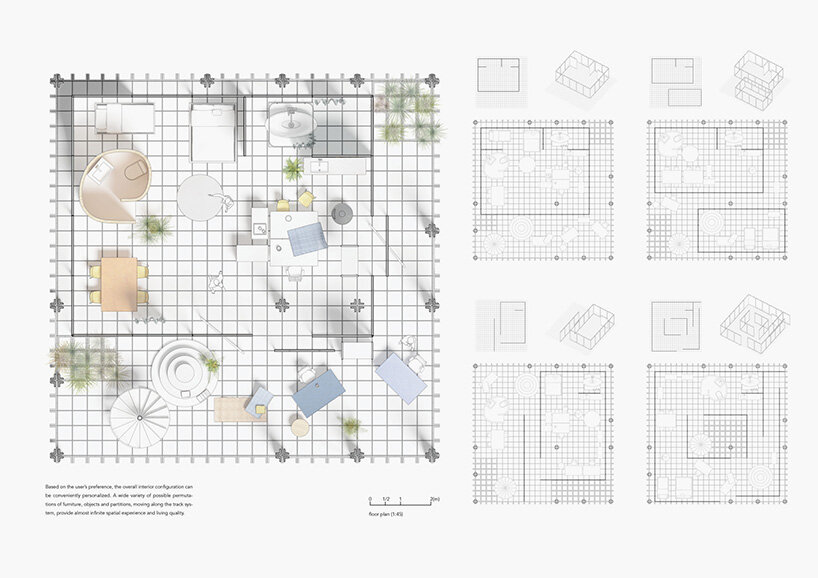
Configurations for a modular house proposal. Image Courtesy of Han Kuo
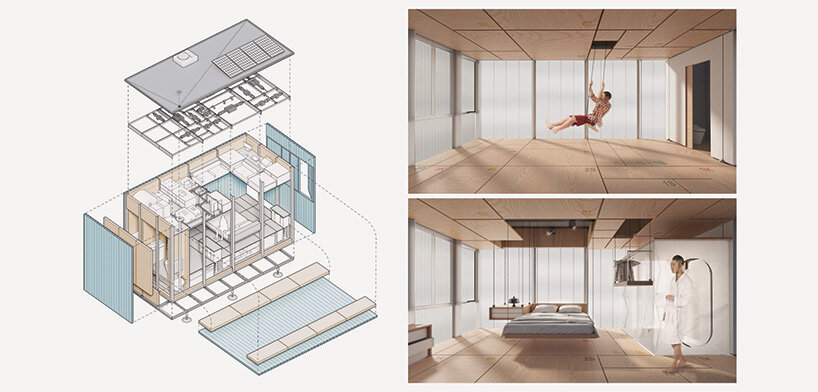
Modular house proposal. Image Courtesy of Emanuele Cavaglion, Giovanni Cavaglion, Xiaoxu Liang, Pu Wang
The variety of housing approaches demonstrates that while the housing crisis is a global concern, its manifestations vary based on local context. In their examination of affordable housing, researchers have highlighted how major cities like Berlin, Paris, and Toronto grapple with limited housing stocks.
To enhance housing conditions in urban areas, various proposals have offered radical ideas. These include using spaces under highways, building on top of underutilized infrastructure, reworking laneways between existing residential developments, and building new structures that combine architectural programs. Such initiatives aim to enhance vacant urban cores.
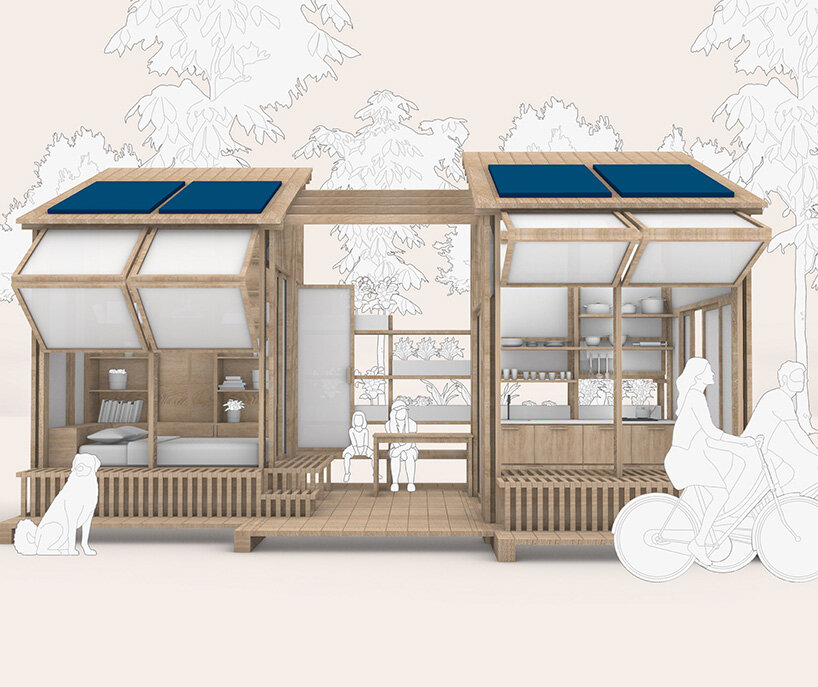
Modular house proposal. Image Courtesy of Şeyma Çimen
MINIMIZING WASTE AND CONSTRUCTION TIME
The pressing need for sustainable and adaptable architecture has spurred the exploration of alternative ways to build efficiently. These techniques, such as modular construction, leverage technology to streamline processes around construction, including the transport of materials, reducing execution time, and minimizing waste, thereby promoting cleaner and more efficient construction sites. In addition, advances in digital fabrication, such as 3D printing and robotics, allow for greater precision and customization.
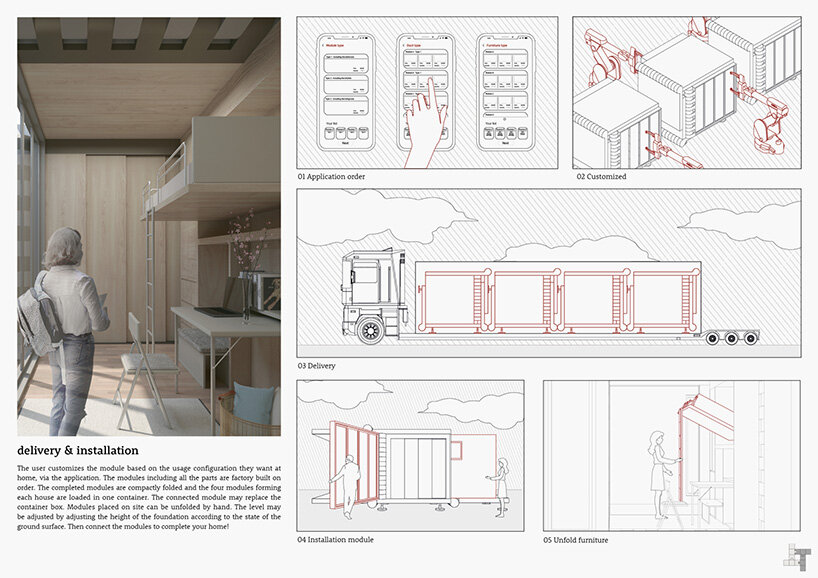
Prefabricated modular house. Image Courtesy of Beom Seok Ko, Joo Hye Lim, Shiwon Kim, Eun A Jeong
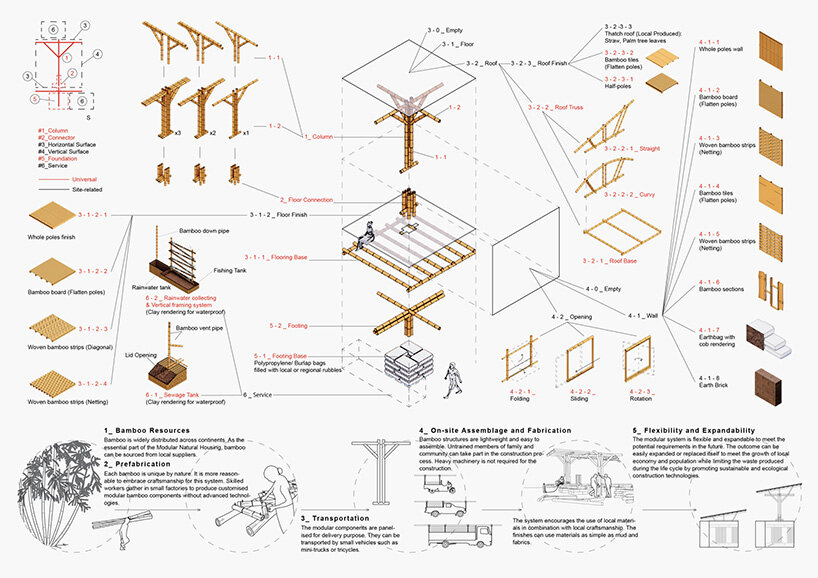
Bamboo-based modular house. Image Courtesy of Hukang Liang, Zeke Zhang, Wanyue Peng
In terms of materials, architects are increasingly opting for environmentally friendly options that work cohesively with the dismountable, foldable, and collapsible systems that some modular housing propose, such as recycled steel, cross-laminated timber (CLT), and bamboo, along with energy-efficient insulation systems. At the same time, the use of renewable energy sources, such as solar panels and geothermal heating systems, further enhances the sustainability of modular home proposals, closing the loop between processes, materials, energy, and climate control systems.
DESIGN COMPETITIONS AS AN INDUSTRY-WIDE TOOL FOR EDUCATION AND INNOVATION
To sustain the momentum of innovation in architecture, ongoing dialogue and critical analysis about modular housing are key. Design competitions are crucial in this space, serving as educational tools and creative hubs to foster ideas. These competitions offer opportunities for creative freedom that might otherwise be restricted by traditional projects while integrating current concepts around innovation, sustainability, and technology.
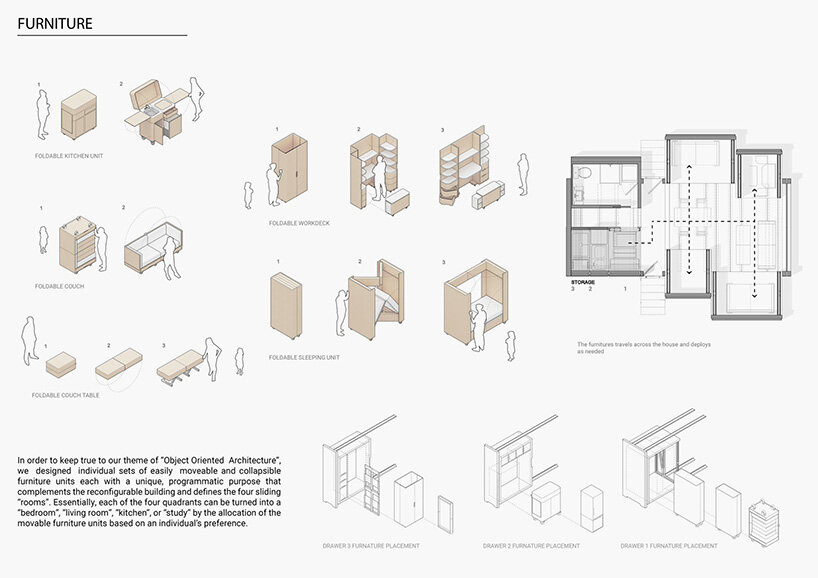
Furniture proposal for a Buildner modular house design competition. Image Courtesy of Jerry Zhang, Tory Tan
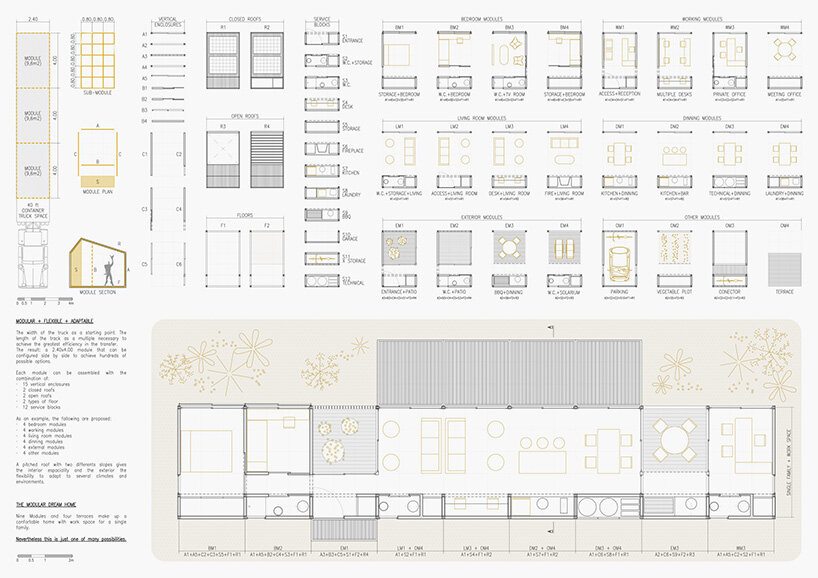
Modular House proposal for a Buildner design competition. Image Courtesy of Tomas Kranevitter, Manuel Pastoriza
Design competitions represent a way to transcend established norms, becoming drivers of positive change based on contemporary issues. Through them, significant ideas that contribute to finding solutions for contemporary discussions are highlighted and recognized.
That is why Buildner, in the spirit of addressing the current challenges of architecture, works closely with leading architects in various fields to create competitions that foster creative thinking. It also collaborates with international juries to evaluate the designs submitted by individuals, teams, and studios from around the globe. These jury panels provide an objective assessment in the search for innovative ideas that inspire the next generation of designers to propose sustainable and replicable solutions that tell a story and challenge the status quo.
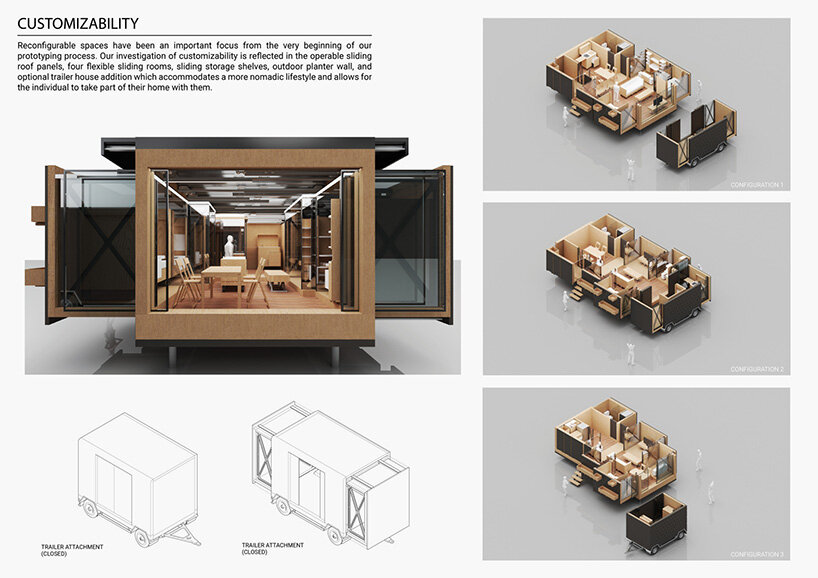
Modular House proposal for a Buildner design competition. Image Courtesy of Jerry Zhang, Tory Tan
Approaching modular housing through design competitions offers a perspective that, with each iteration, introduces new ideas to a building system whose efficiency allows the replacement or addition of elements without impacting the rest of the system. This flexibility encourages the exploration of new ideas concerning homes, a concept familiar to all and therefore constantly challenged. Through the analysis of past and future cases, modular housing emerges as a blank canvas that deftly balances standardization with customization in contemporary living.
This article is part of the ArchDaily Topics: Modular Housing, proudly presented by BUILDNER.
BUILDNER celebrates architecture competitions as an effective tool for achieving progress by fostering groundbreaking ideas that push the industry forward. ‘Through academic and project competitions, we are building an inclusive and diverse community of architects and designers, by promoting critical topics such as affordable, sustainable and small-scale housing to address global challenges. Our goal is to inspire the next generation of designers to propose innovative solutions and challenge the status quo.’
Guest feature by Enrique Tovar / ArchDaily

